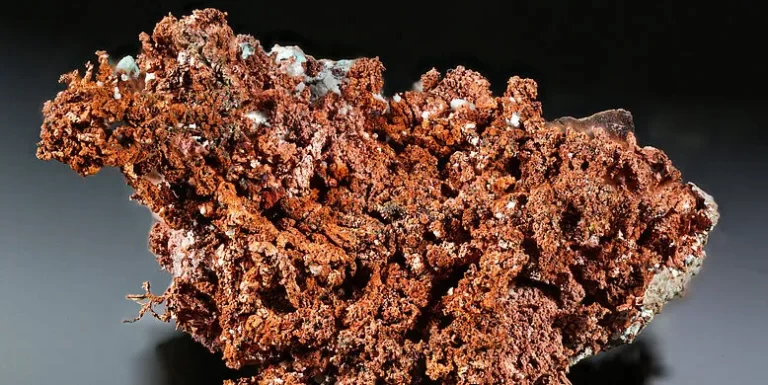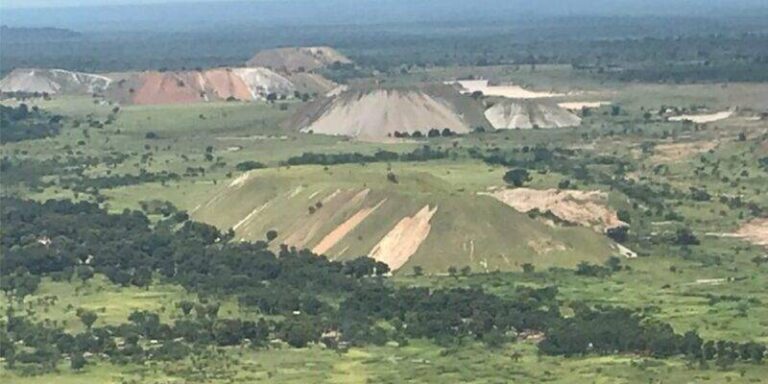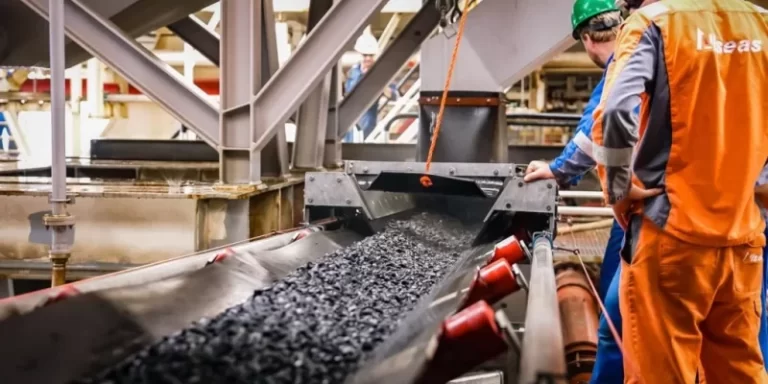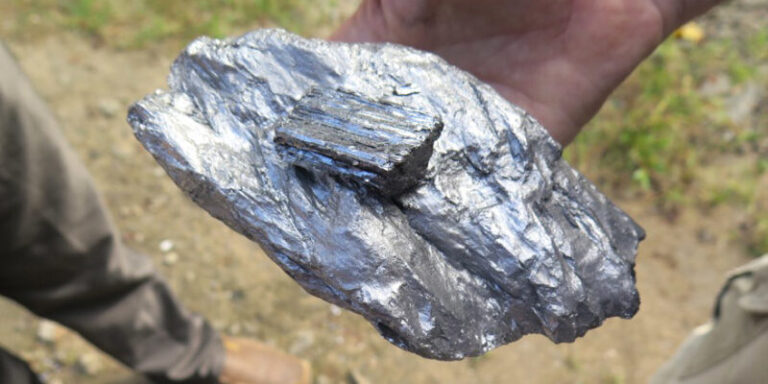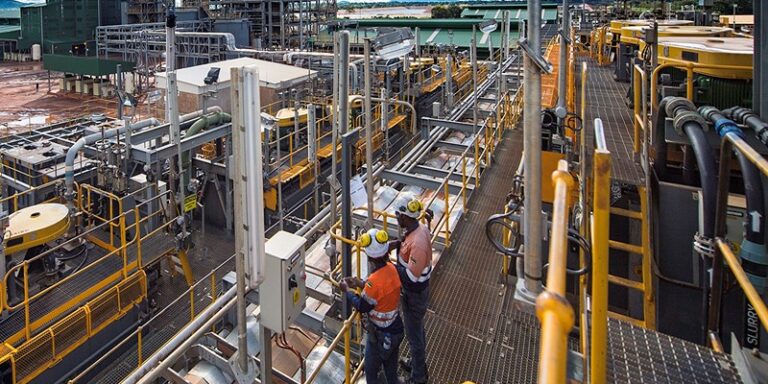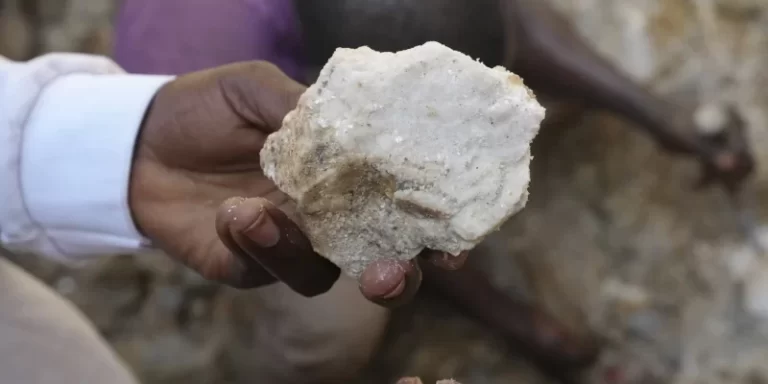
Chinese cobalt smelters continue to maintain stable supplies of the critical battery metal, despite the four-month export ban imposed by the Democratic Republic of Congo (DRC)—the world’s top cobalt producer—earlier this year, according to delegates at the Cobalt Congress 2025 held in Singapore.
Shirley Wang, General Manager at Shanghai Metals Market, told the conference that Chinese downstream users have stockpiles of intermediate cobalt products ranging from two weeks to six months.
“Large-scale users in China have up to six months of inventory. However, smaller companies with only half a month’s supply may need to buy from the spot market at higher prices,” Wang explained.
The DRC introduced the export ban in late February in an effort to address global oversupply and support falling cobalt prices, which are now recovering. Prices have risen to around $16 per pound, up from $10 at the end of 2024.
In addition to intermediate product reserves, Chinese traders are reportedly holding cobalt metal stocks equivalent to 12 months of demand, Wang added.
Several Chinese smelter representatives attending the event said their operations remain largely unaffected by the ban.
One delegate noted that stockpiles in China could peak in June, since cobalt shipments from the DRC typically take around four months to arrive at Chinese ports.
Despite the ban, Congolese authorities signaled further action may follow. Patrick Luabeya, head of the DRC’s regulatory agency for mineral substances, indicated that stricter cobalt export controls could be introduced once the current ban ends.
“Our objective is to balance supply and demand. However, we’ve observed that the export ban hasn’t significantly impacted end-user supply,” said Mines Minister Kizito Pakabomba during an interview at the event.
Still, global cobalt oversupply is expected to persist in 2025, Wang warned. Total supply is forecast to grow by 6% to 327,000 metric tons, largely driven by cobalt produced as a byproduct of nickel and copper mining.
Meanwhile, demand is projected to rise only marginally—0.3%—to 237,000 metric tons from 231,000 tons in 2024.
Looking ahead, Wang anticipates that oversupply will continue until at least 2030, with global supply reaching 390,000 tons and demand at 264,000 tons.
Indonesia, now the world’s second-largest cobalt producer, is expected to double its production capacity by 2027 and has no plans to restrict supply, according to a senior government official.


